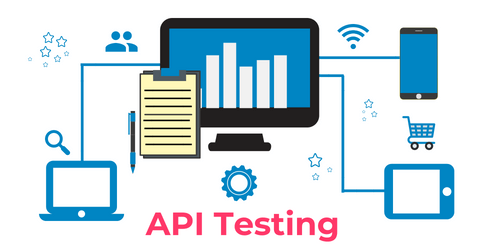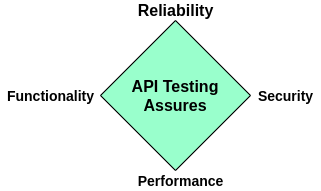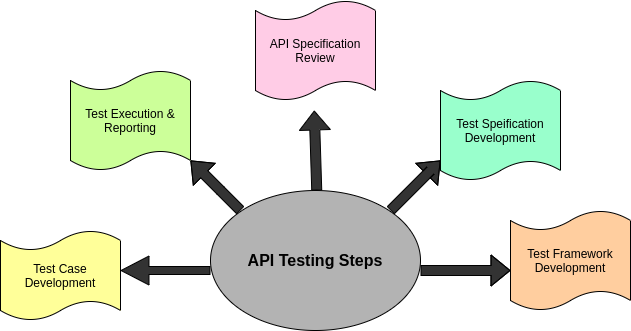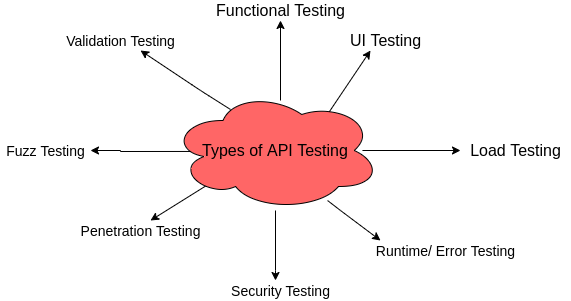
Folks, let’s start with the basics. So, API stands for Application Programming Interface, which is a software that allows two applications to talk to each other.
Let us take a real world Example!
Suppose you are searching for a flight from Delhi to Mumbai through an online travel booking site. Using the site’s online form, you will fill the necessary information like the date on which you want to travel, Number of persons travelling. Then you will click on “Search.”. But what’s going on between entering your information to receiving your flight choices? APIs, that’s what! The site aggregates information from many different Airlines. When you click on“Search,” the site then interacts with each Airline’s API, which delivers results for available flights that meet your criteria. And all this happens in seconds because of an API, which acts like a messenger that runs back and forth between applications, databases, and devices.
But, if an API doesn’t work efficiently and effectively, it will never be adopted, regardless if it is free or not. To avoid that, API’s are tested before they are put to use. And here API Testing comes into the picture!
What is API Testing??

API testing is a set of quality assurance actions that include sending calls to the API, getting output, and validating the system’s response against the defined input parameters, in particular, the accuracy of data and data’s format, HTTP status codes, and error codes.
In simple terms, API testing is intended to reveal bugs, inconsistencies or deviations from the expected behaviour of an API.
Why API Testing?

API Testing has various advantages over other types of testing. Some of them are listed below:
- Language Independent: Data is exchanged via XML and JSON, so any language can be used for automation, independent from the languages used to develop the application.
- Easier Integration with GUI: API testing can be done to check the core functionality of the application to expose small errors and to evaluate a build’s strength. Also, we can test the APIs without a user interface.
- Less Time Consuming: In API Testing, the test cases take very less execution time as compared with other types of testing. This further facilitates companies to release builds faster with API testing.
- Improved Test Coverage: With API Testing, one can rarely find test cases that can’t be automated be it Positive cases or Negative ones.
Steps of API Testing:
API Testing involves the following steps:

API Specification Review
The first step is documenting the API testing requirements. What is the purpose of the API? What is the workflow of the application? All these API Testing requirements are documented first.
Setting Up Test Environment
After this, a testing environment is set up with the required set of parameters around the API.
Integrating Application Data
In this step, application data is combined with the API tests to ensure that the API functions as expected against all possible input configurations.
Deciding Type of API Test
In this step, the type of API Test is decided. There are different types of API tests like functionality testing, validation testing, load testing, security testing, end-to-end testing, fuzz testing and many more.
Text Execution & Reporting
After all the above steps, the final step is to create test cases around those requirements and execute them!
Types of API Testing:
The different types of API Testing are as follows:

- Functionality Testing – This is done to check if the API is working properly or not.
- Validation Testing – It helps to verify the aspects of product, behaviour, and efficiency of an API.
- Load Testing – This is performed to ensure the performance of API under both normal and peak conditions.
- UI Testing – It involves testing the user interface for the API and other integral parts.
- Security Testing – It is done to test that the API is secure against all possible external threats.
- Penetration Testing – It’s done to detect the vulnerabilities of an application from an attacker’s perspective.
- Fuzz Testing – It’s done to test the API in terms of the limits to prepare for the worst-case scenarios.
Challenges of API Testing:
Apart from various advantages of API Testing, it has few limitations too 🙁
- Test case management is difficult since a QA Engineer might have to deal with millions of test cases.
- Improper documentation will make it difficult for a test designer to understand the purpose of API calls.
- There is no GUI, which will make it difficult to give input values.
- The QA Engineer must possess expertise in the programming language that is targeted by the API.
So, that’s all for this blog. See you in the next article 🙂

